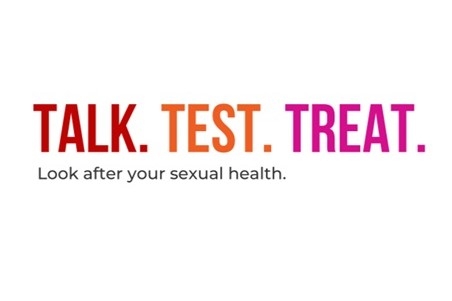Healthy News -- HIV & STIs
Issue 12 | December 2025
December 02, 2025
PROMOTE Individuals, starting in early adolescence, continue to engage in behaviors that put them at risk of becoming infected with HIV and other STIs due to lack of understanding of how HIV/STDs are transmitted and prevented and the stigma associated with them.
TALK: Talk openly and honestly with your partner(s) and your healthcare provider about sexual health and sexually transmitted infections, or STIs. Ask your healthcare provider whether certain vaccines, like the hepatitis B vaccine or the HPV vaccine, are right for you.
PREVENT Since the pandemic, the number of STIs has been on the rise nationally.
There has also been a significant increase in HIV infections and Syphilis cases and a continuing problem with HPV and Hepatitis.
According to the CDC, Syphilis infections alone shot up 42%, bringing total cases to levels that have not been seen since the 1950s.
HPV vaccine is highly effective at preventing HPV and the health problems it can cause:
- HPV-related cancers
- Genital warts
- Precancerous conditions
TEST: Get tested. It's the only way to know for sure if you have an STD. If you're not comfortable talking with your regular healthcare provider about STDs, call the South Heartland District Health Department to learn more about the free, confidential testing offered there.
PROTECT Research indicates that well-designed STI prevention education programs, particularly those that focus on comprehensive sexual health education and communication skills, can be effective in reducing risky sexual behaviors and lowering the incidence of STIs among adolescents.
TREAT: If you test positive for an HIV/STI, work with your healthcare provider to get the correct treatment. Some STIs can be cured with the right medicine, and all STIs are treatable.
A printable copy of this newsletter


 Launch the media gallery 1 player
Launch the media gallery 1 player